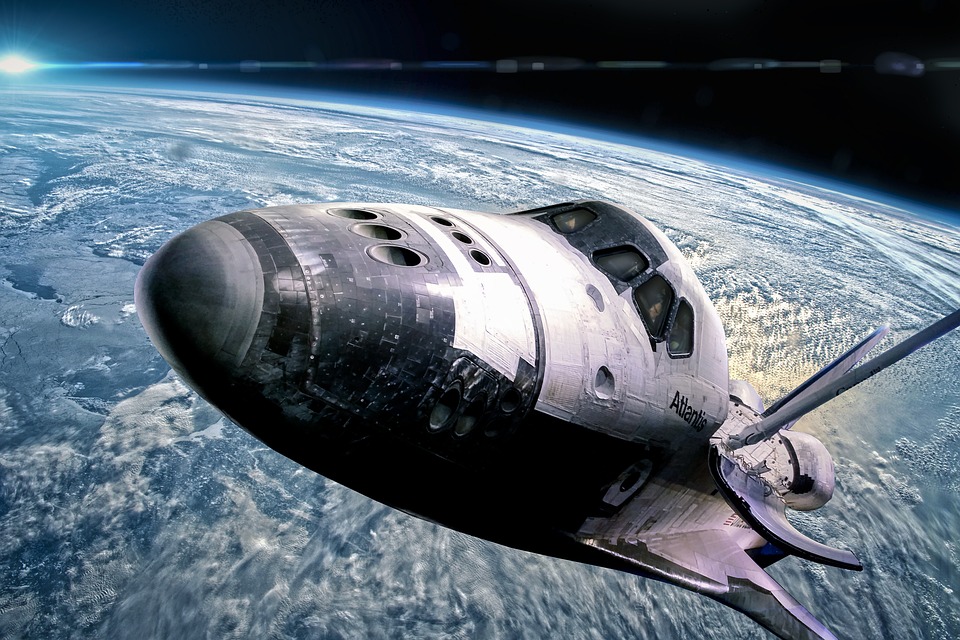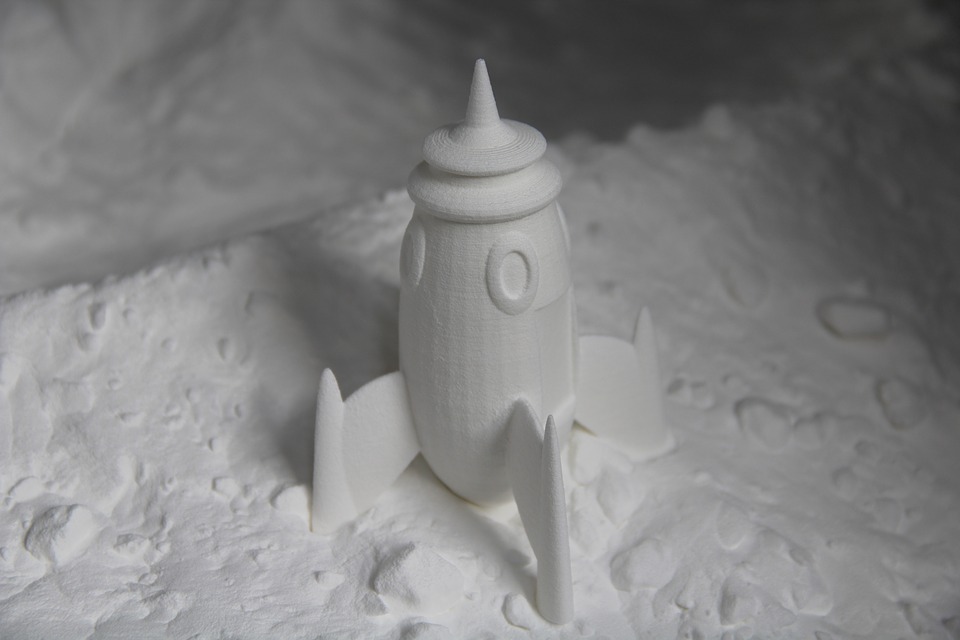Development of the Aerospace Additive Manufacturing
2021.08.05
Aerospace industry is a key factor in pushing modern industry forward. Starting from civil aviation, prompt goods delivery, and various military applications, aerospace additive manufacturing tech has helped revolutionize our lifestyles.
Development of the Aerospace Additive Manufacturing

As far as international space trade and tourism go, these two industries would not thrive so much if we did not have the aerospace industry that has made traveling around faster and goods delivery cheaper.
The biggest challenge of the aerospace additive manufacturing market is that, unlike any conventional industry, it has no room for mass production. Most parts used in aircraft are pretty complex, so very few companies can mass-produce those. Luckily, aerospace additive manufacturing addresses this issue.
Aerospace Additive Manufacturing Relevance
With conventional methods of building aerospace parts, designers need to continuously collaborate with manufacturers and decide what's doable and what is not. However, the biggest advantage of this method is, once a process is proven accurate, companies reproduce as many units as they want.
According to many reports, aerospace additive manufacturing is only suited for building spacecraft interior parts with no direct mechanical aspect. However, modern companies use aerospace additive manufacturing technology to build parts for tier-1 manufacturers. Scientists also try to make part geometry more accessible in additive manufacturing, which is why machining gets easier.
If done right, aerospace additive manufacturing is the key to weight minimization and reducing the time it now takes to produce different spacecraft equipment.
Additive Manufacturing in Aerospace Industry Explained

Additive manufacturing acts as a key component in today's aerospace industry. Aerospace industry relies on additive manufacturing for making different helicopter and airplane parts, as well as rocket engines and turbines. Recently, additive manufacturing has grown in popularity due to its flexibility and ease of use when compared to conventional manufacturing methods.
Additive technology in the aerospace industry implies building rocket parts because this tech is lightweight. Due to this tech's flexible nature, companies can create any parts in less time than when using traditional methods. Along with eliminating the constraints associated with designing and producing rocket parts, additive manufacturing has also increased performance indicators multiple times.
Additive manufacturing is not only 3D printing the additive manufacturing aerospace parts since it also involves heat treating the final components. Once the mold is ready, it also goes through a CT scan to check for defects. However, the biggest drawback with aerospace additive manufacturing companies is that this tech is very hard to control. As a lot happens simultaneously, it is very difficult to keep track of all activities and, of course, control them.
The Present of Aerospace Additive Manufacturing
If we analyze history, the aerospace industry has always been a trendsetter. Scientists working in this sector have developed many amazing technologies which were later adopted by other industries worldwide. Starting from material selection and production process to using advanced software that continuously monitors aerospace production, every industry has something to learn from the aerospace sector.
As we have mentioned above, mass-producing aerospace parts is not a viable solution. Since some parts are too intricate, companies manufacture these parts individually, and each aircraft section serves a distinct purpose. The slightest miscalculation in designing and then manufacturing a certain component part can result in serious losses. In such a case, designers might have to build the entire component from scratch again if they fail to get it right the first time, which is why scientists consider additive aerospace tech a practical solution to this problem.
Contrary to popular belief, additive aerospace tech has been around for quite some time now. Additive manufacturing aerospace applications help companies build parts by melting wax on a bed of powder. An electron beam is used to concentrate lasers on powder, which then melts and forms different sections of a component part.
Considering the benefits of using additive manufacturing and aerospace, one can point out a few. First of all, it allows scientists and manufacturers to achieve economies of scale because additive manufacturing can build multiple parts simultaneously. This way, you do not need multiple assembly lines for producing multiple parts; just one is enough.
The second advantage of additive manufacturing for the aerospace industry is that it has room for flexible design. Manufacturers can design parts that they need without worrying about variable costs. Also, as the design is cheap, manufacturers can also go for customization or changes in their designs whenever they have to.
Furthermore, additive manufacturing does not call for tooling manufacturing. Aerospace manufacturers can go straight to prototyping, conceptual design modification, and start manufacturing any tool in no time.
This way, researchers do not have to wait long before the design is ready, which optimizes not only the time of production but also the cost of the final product. Besides, given additive manufacturing aerospace materials cost is very low, too, it makes practical sense to use the technology in rocket manufacture.
All in all, today's aerospace industry is going through a lot of changes as many new and unexplored technologies emerge every day. Additive manufacturing in aerospace is probably just a start and, soon enough, we may see even more revolutionary breakthroughs.
More Articles
Copyright © Fooyoh.com All rights reserved.